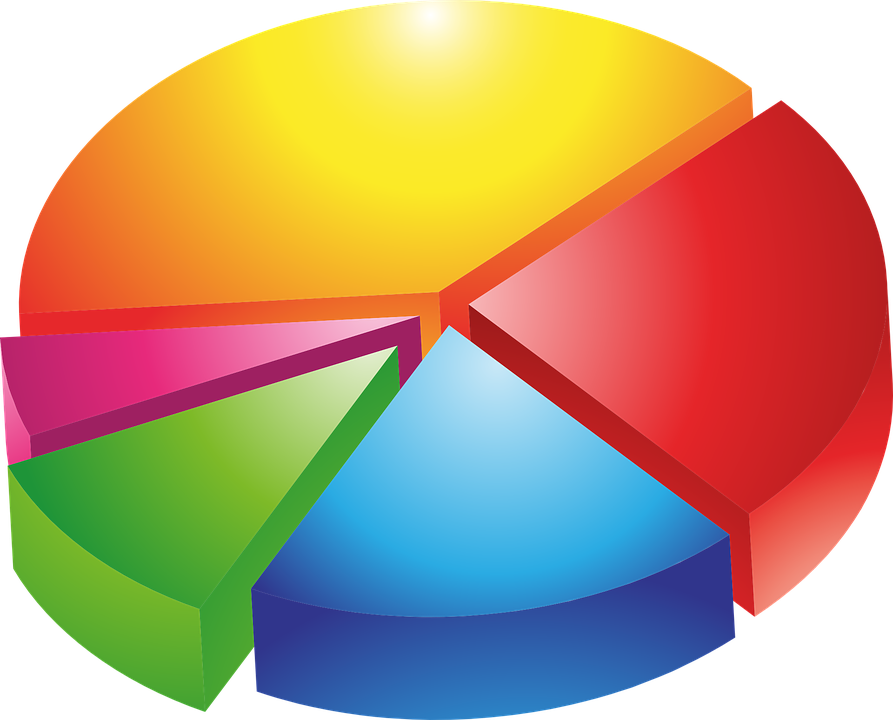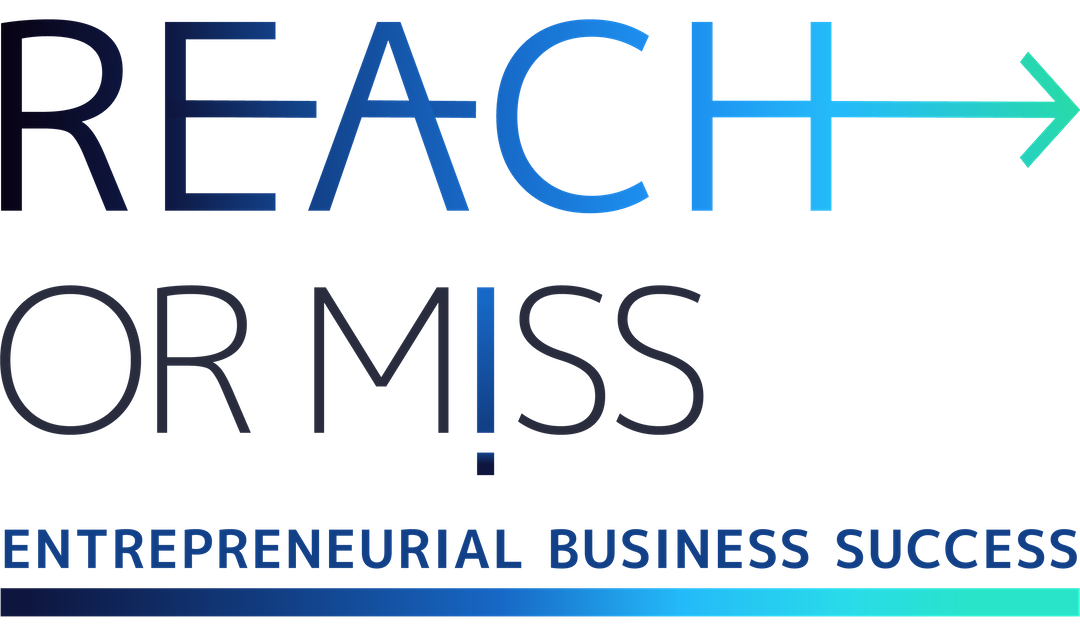Are you using the best business model for your entrepreneurial business?

There are more options to make money today than ever
We are celebrating the one year anniversary for my REACH OR MISS Podcast.
If you had asked me two years ago if I would ever have a podcast, I would have thought you were mixing me with someone else.
I never planned to leave my corporate marketing executive roles. But one day, I had an odd idea of inventing a new model of marketing for entrepreneurs and startups and went to establish my business.
On my podcast (the one I never planned on starting), I interview successful entrepreneurs; most of who got up one morning and wrote a blog, or created a podcast, or launched a new direct PR model for entrepreneurs, and grew a company of 18 employees around it within a few years.
In my post last week, I wrote about the new kind of entrepreneur that is focused on using their unique skills.
The kind of jobs each of us can invent or choose have been changed over the last years, as have the different ways you can monetize (make money) your business.
No matter what kind of entrepreneur you are, ask yourself if are there new revenue possibilities that you could add to your business today (which goes alone with your strategy focus)?
Changing or adding a business model requires deeper investigation of your financial results (or plans, if you are just starting out) and I recommend getting professional advice from a financial expert. In this post, I would like to encourage you to consider adding new and additional revenue possibilities.
First, just to make sure we are all on the same page, let’s go over the short definitions of a business model and monetization.
Business Model – A business model is a company’s plan for how it will generate revenue and make a profit.
Monetization – To monetize is to convert an asset or object into money.
I believe now is the time to consider more creativity in businesses. Yet the basics of business models and pricing are built around a few existing structures.
The 6 main business models of entrepreneurs today
- Direct transaction – This is the familiar goods/services for money transaction. Either online or off-line, the customer chooses the product or service they want and pays the seller money.
Examples: ASOS, Go-pro camera, Adobe premiere software, Nike - Subscription model – In a subscription model, the customer is paying a periodical price to have an on-going access and use of a product or service.
Examples: Salesforce CRM, Podcaster’s Paradise community, Amazon Audible - Freemium – In the Freemium model, there are a few plans of different levels of product or service where the basic is free, and there are upscale options for different prices.
Example – LinkedIn, Skype, Dropbox - The advertisement model – The customer use the product or service for free and the revenue comes from advertisers.
Example: Facebook, News portals, mobile games - Transactions fees – This model is a very common model for different arenas or market places that connects sellers and buyers. Transaction fees can be either product or service based.
Example: Amazon, eBay, Fiverr, Huber, Airbnb - The Affiliate model – In this model, the business is paid for referring potential customers to the retailer – either for lead generation or once the retailer makes a sale.
Example: Pinterest, Tumblr, The most common revenue source for bloggers

The new options to increase your revenues
There are quite a few entrepreneurs that are sharing their financial monthly reports openly. Pat Flynn from Smart Passive Income, John Lee Dumas and Kate Erickson from Entrepreneurs on Fire, and Buffer and Alex Turnbull from Groove, just to name a few.
While there are many things to learn from these companies, their transparent financial concept, and fascinating monthly reports, there is one very important thing I would like to address in this post:
The variety of revenue sources
When we look at Pat Flynn’s financial report (for example, the last report from December 2017) we will find six different activities in a few different business models:
- Affiliate earning
- Book Sales
- Course sales
- Niche Sites
- Podcast sponsorships
- Software and Apps
During that specific month, the Affiliate earnings were 63% of the total income and Course sales were 25%; it varies from month to month. In July 2017, which was a record month, the course sales had more than 76% share of the total monthly income.
When we look at the financial report for January 2018 of Entrepreneurs on Fire, John Lee Dumas and Kate Erickson’s company, we will find a few main revenue streams as well:
- Journal (professional guides) sales
- Podcasters’ community
- Podcast sponsorships
- Affiliate income
In January 2018, the journal sales share of the total revenue that month was 16%, the podcasters community 21%, the affiliate income 25%, and podcast sponsorships 35% (The other small income was 3%).
Usually, when startup founders or entrepreneurs plan their revenue model, they look for one main model that will reflect their main product or service. I believe we should start looking at our future income streams differently. Maybe the focus should be on the customers in the situation of using your product or service and the revenue streams can vary?
Let’s use an example of an entrepreneurial business that offers financial innovative software for small businesses. It’s a SAAS (Software As A Service) product and the main business model is a monthly subscription payment.
Following the idea on this post, we might want to consider using some other business models by offering complementary services. Maybe you can create a professional paid online course on that subject, or on how to use different plugins to improve performance? Maybe you can get an affiliate fee from the plugins’ companies in case your site’s visitors, or the online course’s students buy the plugin through a link on your site? Or, consider writing a post on recommended books on your financial subject, sign up to Amazon affiliate program, and put a link to each book on Amazon.
There are many ways to increase your income through online products or services by using additional business models around your main business focus. Sometimes, all it takes to adopt additional revenue streams by serving your customers better is a bit of creative thinking.
Last week in our team meeting, we invented a new kind of pricing model that might suit the needs of our potential customers better, and we decided to try it out in a new business model; we will offer it for the new online course we are about to launch.
We live in an exciting time of the technological revolution and there is a room for creativity in everything we do, including the way we make a living.
Just like a kid sitting with Lego blocks surrounding them and creating a new creature they’ve never seen before, making a living today has become more creative than ever and I see a great future with so many opportunities there because it will suit both, the needs of the customers as well as the capabilities of the product or service producer, better.
I look forward to hearing your thoughts.
Hayut
